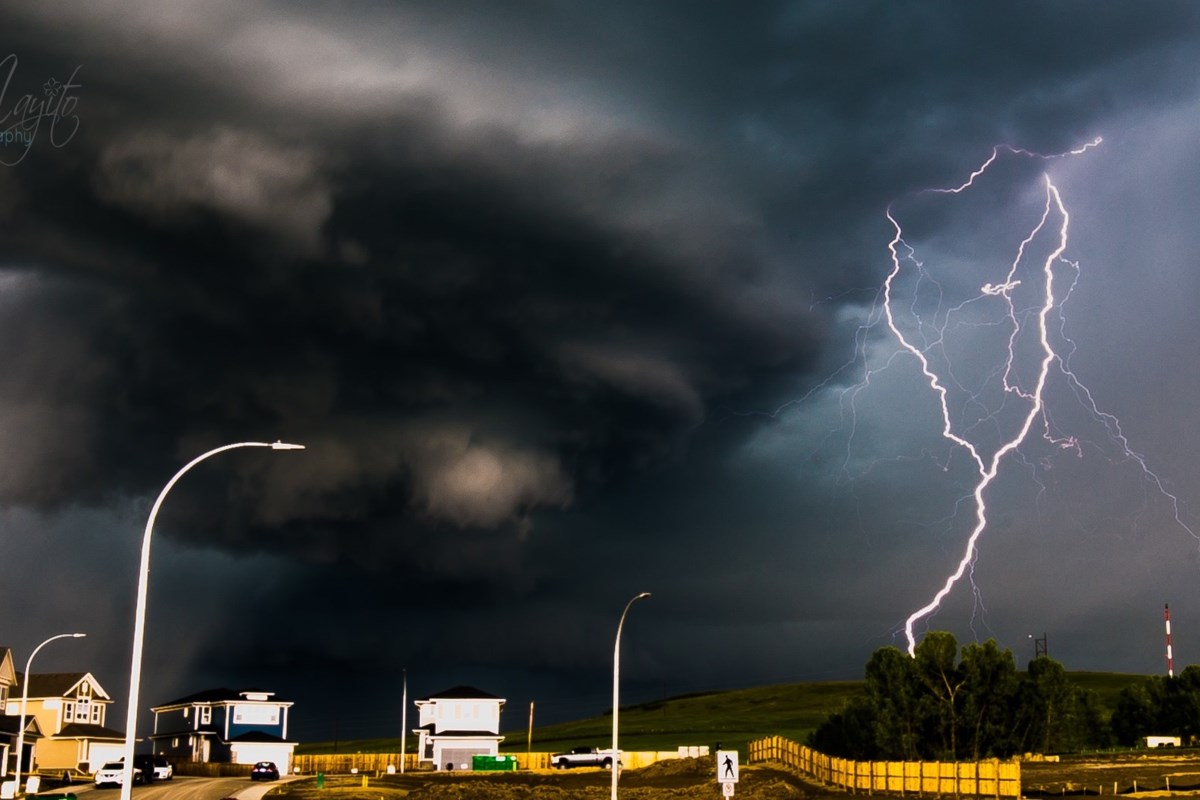Understanding Bay Area Severe Thunderstorms: Forecasts And Safety Measures

Table of Contents
Forecasting Bay Area Severe Thunderstorms
Utilizing Weather Forecasting Tools
Accurately predicting Bay Area severe thunderstorms requires utilizing reliable sources and understanding how to interpret the information provided. The National Weather Service (NWS) is the primary source for official weather forecasts and warnings. Their website, weather.gov, provides detailed forecasts, radar imagery, and crucial alerts for the entire Bay Area. Supplementing the NWS, many reputable local news channels offer detailed weather segments incorporating NWS data and local expertise. Numerous weather apps, such as AccuWeather, The Weather Channel, and Dark Sky (now integrated into Apple Weather), offer convenient access to forecasts and real-time alerts directly on your smartphone.
Monitoring weather alerts is critical. The NWS issues two types of alerts: watches and warnings. A watch means conditions are favorable for severe thunderstorms to develop, while a warning indicates that a severe thunderstorm is imminent or already occurring in your area. Pay close attention to these alerts and take appropriate action. Radar imagery allows you to visually track the development and movement of storms, providing valuable insight into their potential impact on your location. Regularly checking forecasts, especially during the peak thunderstorm season (typically spring and summer), is essential for preparedness.
- Check the NWS website: weather.gov
- Download a reliable weather app: AccuWeather, The Weather Channel, Apple Weather
- Pay close attention to weather alerts: Understand the difference between a watch and a warning.
- Understand the use of radar imagery: Track storm development and movement.
Understanding Bay Area Microclimates and their Impact on Thunderstorms
The Bay Area's diverse geography significantly influences the formation and intensity of thunderstorms. The interaction between the Pacific Ocean, the coastal mountains (such as the Santa Cruz Mountains and the Diablo Range), and the inland valleys creates unique microclimates. Mountains can trigger stronger updrafts, leading to intensified storm development. Coastal areas might experience different types of storms, often less severe, due to the moderating influence of the ocean. Valleys, on the other hand, can trap moisture, resulting in heavier rainfall and prolonged storm activity.
Thunderstorm activity varies considerably across different regions of the Bay Area. The North Bay, with its proximity to the mountains and inland valleys, may experience more frequent and intense thunderstorms compared to the South Bay, which is more influenced by the bay itself. Understanding these regional differences helps in tailoring your preparedness strategies.
- Mountains can trigger stronger updrafts: Leading to more intense storms.
- Coastal areas may experience different storm types: Often less severe due to ocean influence.
- Valleys can trap moisture: Increasing rainfall and prolonging storm duration.
Safety Measures During Bay Area Severe Thunderstorms
Preparing for a Severe Thunderstorm
Proactive preparation is key to minimizing risks during Bay Area severe thunderstorms. Developing a comprehensive family emergency plan is crucial. This plan should include designated meeting points, communication strategies (especially if cell service is disrupted), and evacuation routes if necessary. Assemble an emergency supply kit containing flashlights, extra batteries, bottled water, non-perishable food items, a first-aid kit, and any necessary medications.
Secure loose objects outdoors that could become airborne during high winds – patio furniture, trash cans, and anything that could cause damage. Identify safe indoor spaces within your home – areas away from windows and exterior doors offer the best protection. Consider reinforcing windows if you live in a particularly vulnerable area.
- Charge all electronic devices: Ensure you have power for communication and information access.
- Locate your emergency supplies: Keep them easily accessible.
- Trim trees and shrubs near your house: Reduce the risk of falling branches.
- Create a family communication plan: Establish methods for contact during an emergency.
Actions to Take During a Severe Thunderstorm
Once a severe thunderstorm warning is issued, immediately seek shelter indoors. Stay away from windows and exterior doors to avoid flying debris and potential impact from hail. Unplug electronic devices to prevent damage from electrical surges. Never seek shelter under a tree, as they are prime targets for lightning strikes.
Avoid contact with water and metal objects, as these can conduct electricity. If caught outdoors with no immediate shelter, find a low-lying area away from tall objects and trees. Stay away from bodies of water and seek the lowest point possible.
- Seek shelter immediately: Move to a safe, interior room away from windows.
- Stay away from windows: Protect yourself from flying debris and hail.
- Turn off appliances: Prevent damage from electrical surges.
- Avoid contact with water: Water is an excellent conductor of electricity.
Post-Thunderstorm Actions
After the storm has passed, assess your property for any damage. Report downed power lines, fallen trees, or other hazards to the appropriate authorities immediately. Be aware of potential flooding and avoid walking through standing water, as it may be electrically charged or contaminated. Check on your neighbors, especially the elderly or those living alone, to ensure their safety and well-being.
- Inspect your home for damage: Look for structural issues, broken windows, and water damage.
- Report hazardous situations: Contact emergency services or local authorities.
- Be mindful of flooding: Avoid contact with standing water.
- Check on your neighbors: Offer assistance if needed.
Conclusion
The unpredictable nature of Bay Area severe thunderstorms underscores the importance of preparedness. By utilizing reliable forecasting tools like the National Weather Service website and reputable weather apps, and taking appropriate safety measures, you can significantly reduce your risk and protect yourself and your loved ones. Remember to stay informed about Bay Area severe thunderstorm forecasts and always prioritize safety. Staying informed about upcoming Bay Area severe thunderstorms and following safety guidelines are vital for minimizing risks. Don't be caught off guard – prepare for Bay Area severe thunderstorms today!

Featured Posts
-
 Madrid Open Sabalenka Claims Victory Against Gauff
May 13, 2025
Madrid Open Sabalenka Claims Victory Against Gauff
May 13, 2025 -
 Eva Longoria Promotes New Disney Film In Stunning Strapless Gown
May 13, 2025
Eva Longoria Promotes New Disney Film In Stunning Strapless Gown
May 13, 2025 -
 Scarlett Johansson Es A Marvel Visszateres A Kepernyore
May 13, 2025
Scarlett Johansson Es A Marvel Visszateres A Kepernyore
May 13, 2025 -
 Leonardo Di Caprio Hiding After Brutal Mocking
May 13, 2025
Leonardo Di Caprio Hiding After Brutal Mocking
May 13, 2025 -
 Police Investigation Sparks Fierce Response From Mega City Mosque
May 13, 2025
Police Investigation Sparks Fierce Response From Mega City Mosque
May 13, 2025
